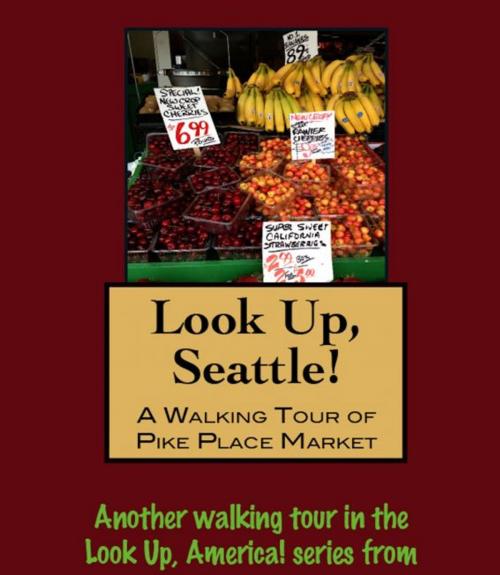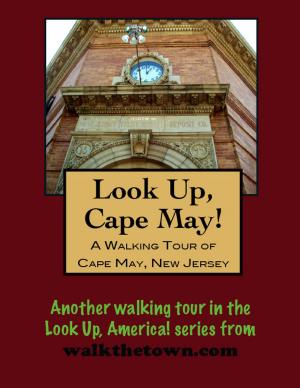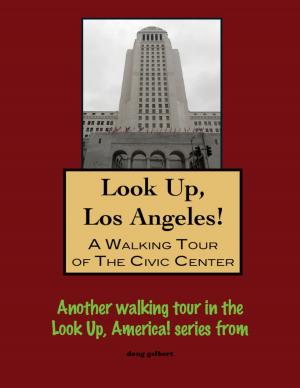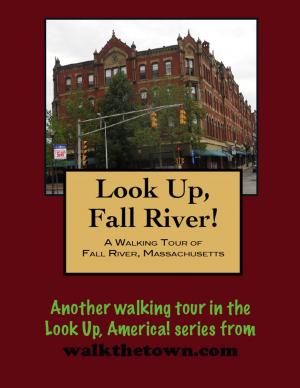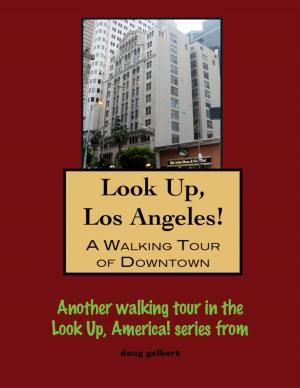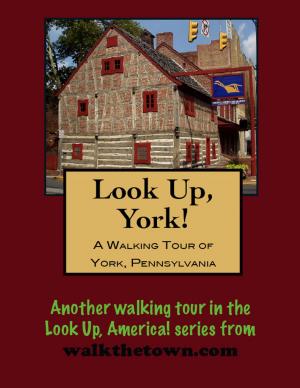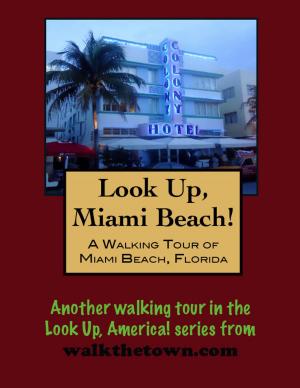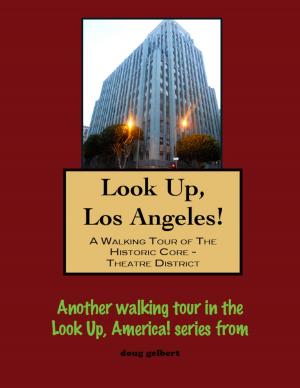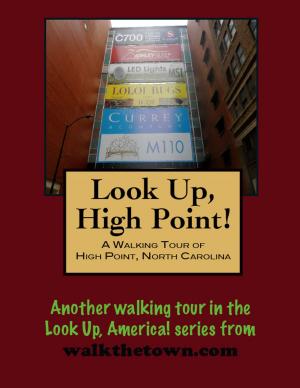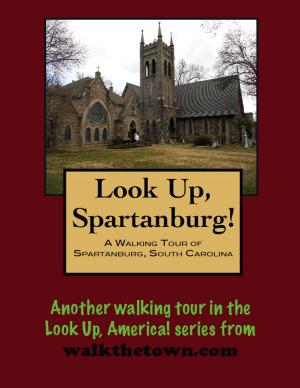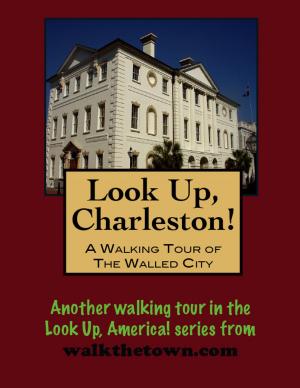| Author: | Doug Gelbert | ISBN: | 9781301983971 |
| Publisher: | Doug Gelbert | Publication: | September 29, 2012 |
| Imprint: | Smashwords Edition | Language: | English |
| Author: | Doug Gelbert |
| ISBN: | 9781301983971 |
| Publisher: | Doug Gelbert |
| Publication: | September 29, 2012 |
| Imprint: | Smashwords Edition |
| Language: | English |
There is no better way to see America than on foot. And there is no better way to appreciate what you are looking at than with a walking tour. Whether you are preparing for a road trip or just out to look at your own town in a new way, a downloadable walking tour is ready to explore when you are.
Each walking tour describes historical and architectural landmarks and provides pictures to help out when those pesky street addresses are missing. Every tour also includes a quick primer on identifying architectural styles seen on American streets.
For the past 100 years pert near every description of Seattle contains the phrase “largest city in the Pacific Northwest.” The original settling party in 1851 seemed to sense this would be the case. They had come overland by wagon train from Illinois and boldly named their encampment “New York.” Similar grandiose thinking saw party leader Arthur A. Denny wrote to his brother that he had found “a valley that will support a thousand families.” But alas the settlers were on the west side of Puget Sound on Alki Point with sandy beaches that did not allow for easy loading and unloading of ships. Denny staked claims across the water along Elliott Bay and named the new settlement after the chief of the friendly Duwamish Indians. In short order the original cabins on Alki Point were abandoned and all the pioneers gathered at the site of current Seattle.
Seattle’s growth was never steady but came in waves of prosperity sandwiched around troughs of hard times. In the early days Seattle got the Territorial University while rivals Tacoma and Olympia got the terminus of the Northern Pacific Railway and the capital, respectively. After thirty years Seattle’s population still numbered around 3,000 and the streets were unpaved when the first boom - in timber - caused the population to jump to over 40,000.
In the middle of the afternoon on June 6, 1889 fire broke out in a cabinet shop at First Avenue and Madison Street and before the day was over 50 downtown blocks and $15 million of property were consumed. The City wasted no time in reinventing itself. Eight-foot retaining walls were built around the remains of charred buildings, filled in to raise the grade over muddy tidal flats and paved for the first time. Plans were launched to level the hills near the shoreline. There would be no more wooden buildings downtown. Then the financial Panic of 1893 ground progress to a halt.
The dark days did not last long. In 1897 the transport Portland steamed into port with “a ton of gold” from the Yukon River district in Alaska. In the years to come it was estimated that Seattle controlled 95 percent of the the total amount of Alaskan shipping. When many of the prospectors returned they didn’t travel much past Seattle. By 1910 the population was pushing 250,000 and Seattle was one of the 25 largest cities in America.
During this time the Pike Place Market organized to enable small truck farmers, many Japanese, to sell goods directly to the public. Stalls were assigned by drawing lots daily to prevent any one vendor from monopolizing the trade as the market expanded over several buildings. This is where our walking tour will begin and from here we will move up into the retail district where we will encounter such familiar names as Starbucks and Nordstrom and Eddie Bauer but we will start with a pig named Rachel...
There is no better way to see America than on foot. And there is no better way to appreciate what you are looking at than with a walking tour. Whether you are preparing for a road trip or just out to look at your own town in a new way, a downloadable walking tour is ready to explore when you are.
Each walking tour describes historical and architectural landmarks and provides pictures to help out when those pesky street addresses are missing. Every tour also includes a quick primer on identifying architectural styles seen on American streets.
For the past 100 years pert near every description of Seattle contains the phrase “largest city in the Pacific Northwest.” The original settling party in 1851 seemed to sense this would be the case. They had come overland by wagon train from Illinois and boldly named their encampment “New York.” Similar grandiose thinking saw party leader Arthur A. Denny wrote to his brother that he had found “a valley that will support a thousand families.” But alas the settlers were on the west side of Puget Sound on Alki Point with sandy beaches that did not allow for easy loading and unloading of ships. Denny staked claims across the water along Elliott Bay and named the new settlement after the chief of the friendly Duwamish Indians. In short order the original cabins on Alki Point were abandoned and all the pioneers gathered at the site of current Seattle.
Seattle’s growth was never steady but came in waves of prosperity sandwiched around troughs of hard times. In the early days Seattle got the Territorial University while rivals Tacoma and Olympia got the terminus of the Northern Pacific Railway and the capital, respectively. After thirty years Seattle’s population still numbered around 3,000 and the streets were unpaved when the first boom - in timber - caused the population to jump to over 40,000.
In the middle of the afternoon on June 6, 1889 fire broke out in a cabinet shop at First Avenue and Madison Street and before the day was over 50 downtown blocks and $15 million of property were consumed. The City wasted no time in reinventing itself. Eight-foot retaining walls were built around the remains of charred buildings, filled in to raise the grade over muddy tidal flats and paved for the first time. Plans were launched to level the hills near the shoreline. There would be no more wooden buildings downtown. Then the financial Panic of 1893 ground progress to a halt.
The dark days did not last long. In 1897 the transport Portland steamed into port with “a ton of gold” from the Yukon River district in Alaska. In the years to come it was estimated that Seattle controlled 95 percent of the the total amount of Alaskan shipping. When many of the prospectors returned they didn’t travel much past Seattle. By 1910 the population was pushing 250,000 and Seattle was one of the 25 largest cities in America.
During this time the Pike Place Market organized to enable small truck farmers, many Japanese, to sell goods directly to the public. Stalls were assigned by drawing lots daily to prevent any one vendor from monopolizing the trade as the market expanded over several buildings. This is where our walking tour will begin and from here we will move up into the retail district where we will encounter such familiar names as Starbucks and Nordstrom and Eddie Bauer but we will start with a pig named Rachel...
